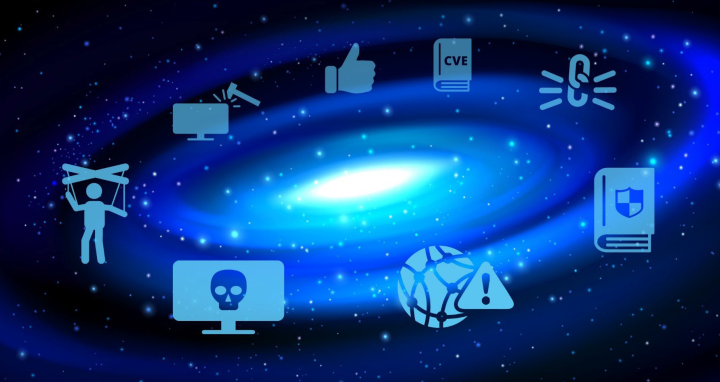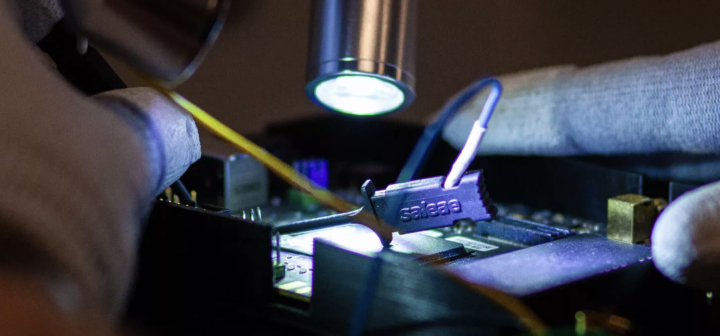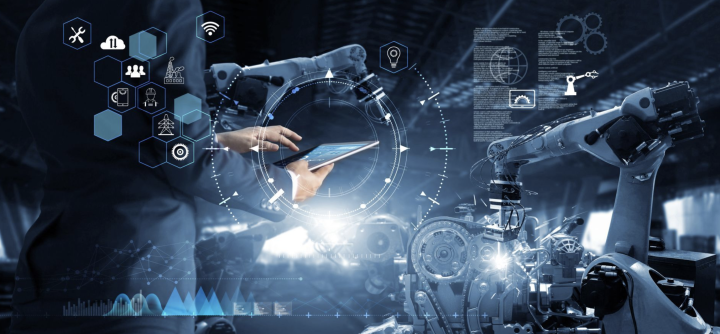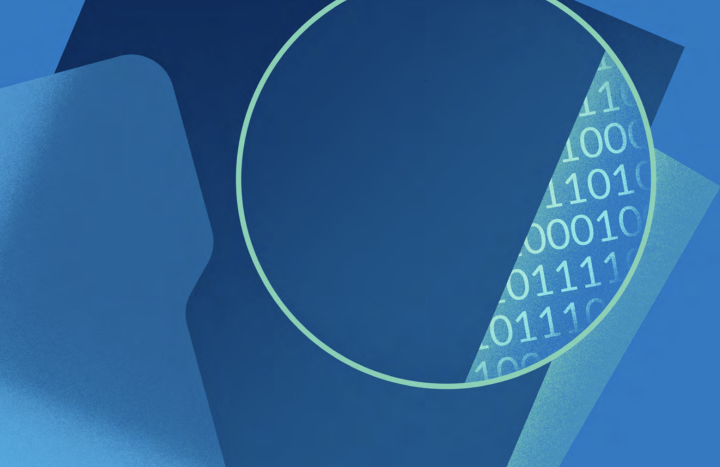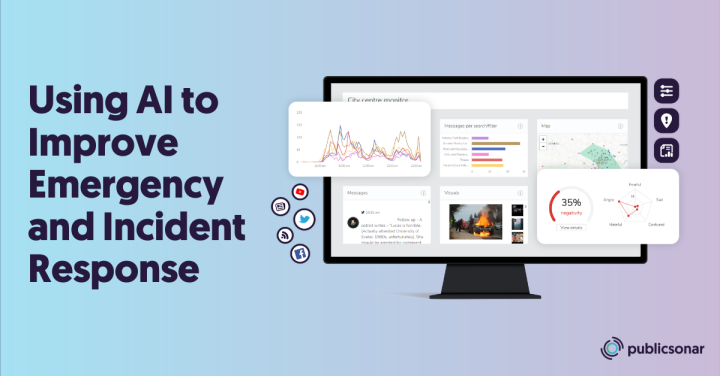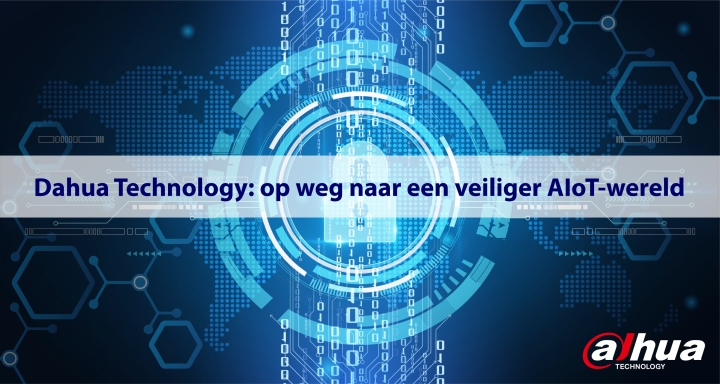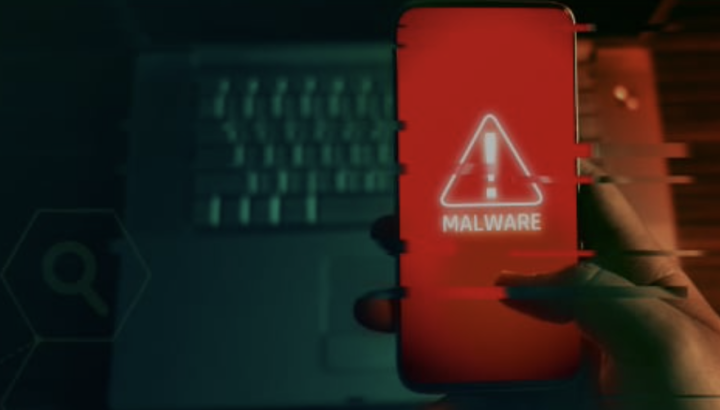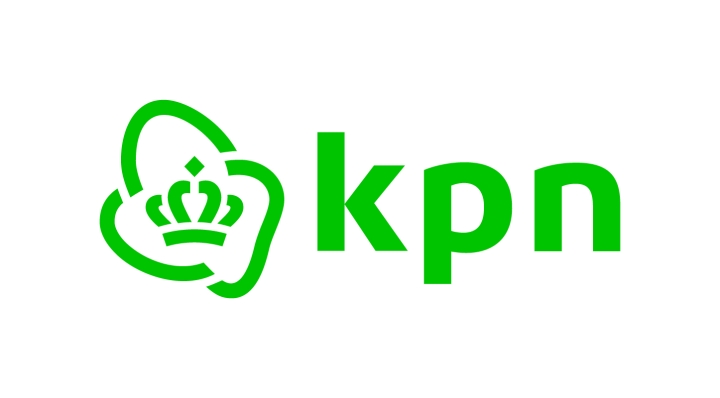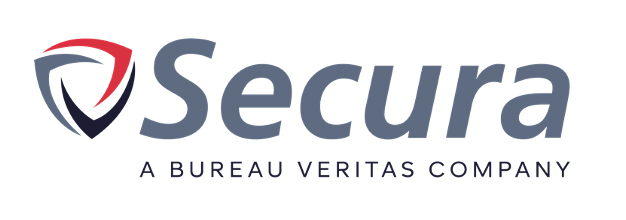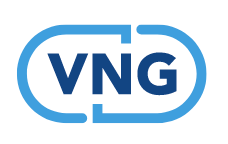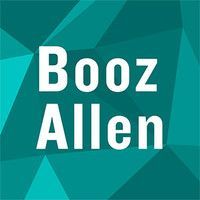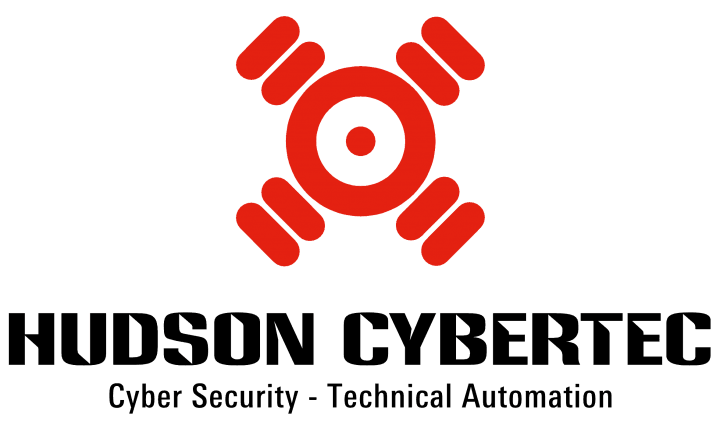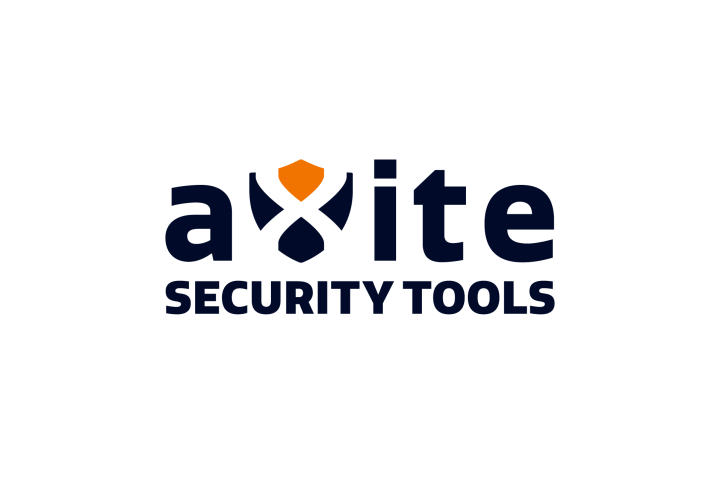Topic
Internet of Things (IoT) technology
The Internet of Things can be seen as an interconnected infrastructure between the physical world and the virtual world. It includes physical devices and systems, equipped with technological systems that process information to the virtual world. IoT devices are used in various domains, such as healthcare, industry and city infrastructure. It offers remote operation and monitoring, combining several IoT devices also makes new functions possible. An example can be found in IoT devices for consumer application in households. Here, IoT devices are used to link lights, heaters, automatic blinds and other appliances together in order to create ‘smarter homes’. Likewise smart industry, smart agriculture and smart cities can be created. Technologies used include sensors, controlers, wearables, connected devices, applications, data analysis, algoritms and (wireless) network technologies. This is often supported by data platforms, technical standards for communication and edge- and cloud computing.
However, increased connectivity between IoT devices can also pose safety and security issues. Examples are weak authentication, default credentials, lack of encryption, man-in-the-middle attacks and no security updates. IoT devices can be hacked and used for malicious purposes. Examples are known where IoT devices were used to set-up botnets in order to perform DDoS attacks. Other concerns revolve around (consumers’) privacy. With increased connectivity comes an increase in data gathering, consumption and storage. Questions arise on data integrity, privacy, data ownership, encryption, legal and liability issues. Therefore, ethical discussions surrounding the use, storage and application of data from IoT devices are taking place.
Related keywords: data storage, data privacy, remote sensing, sensors, actuators, ethical data discussion, edge computing, smart city technology, Industrial Internet of Things (IIoT).
